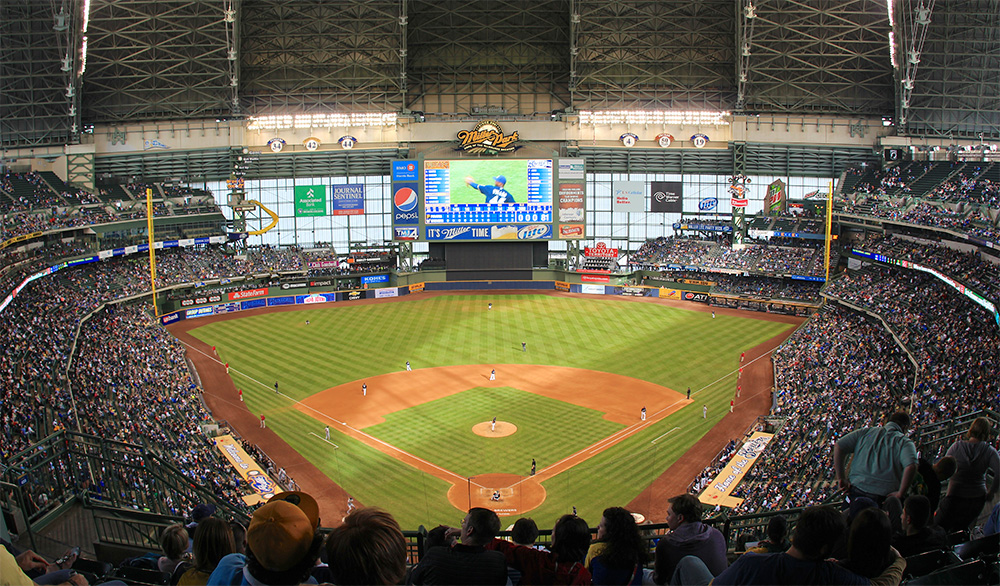JAWS and the 2020 Hall of Fame Ballot: Scott Rolen
The following article is part of Jay Jaffe’s ongoing look at the candidates on the BBWAA 2020 Hall of Fame ballot. Originally written for the 2018 election at SI.com, it has been updated to reflect recent voting results as well as additional research. For a detailed introduction to this year’s ballot, and other candidates in the series, use the tool above; an introduction to JAWS can be found here. For a tentative schedule and a chance to fill out a Hall of Fame ballot for our crowdsourcing project, see here. All WAR figures refer to the Baseball-Reference version unless otherwise indicated.
“A hard-charging third baseman” who “could have played shortstop with more range than Cal Ripken.” “A no-nonsense star.” “The perfect baseball player.” Scott Rolen did not lack for praise, particularly in the pages of Sports Illustrated at the height of his career. A masterful, athletic defender with the physical dimensions of a tight end (listed at 6-foot-4, 245 pounds), Rolen played with an all-out intensity, sacrificing his body in the name of stopping balls from getting through the left side of the infield. Many viewed him as the position’s best for his time, and he more than held his own with the bat as well, routinely accompanying his 25 to 30 homers a year with strong on-base percentages.
There was much to love about Rolen’s game, but particularly in Philadelphia, the city where he began his major league career and the one with a reputation for fraternal fondness, he found no shortage of critics — even in the Phillies organization. Despite winning 1997 NL Rookie of the Year honors and emerging as a foundation-type player, Rolen was blasted publicly by manager Larry Bowa and special assistant to the general manager Dallas Green. While ownership pinched pennies and waited for a new ballpark, fans booed and vilified him. Eventually, Rolen couldn’t wait to skip town, even when offered a deal that could have been worth as much as $140 million. Traded in mid-2002 to the Cardinals, he referred to St. Louis as “baseball heaven,” which only further enraged the Philly faithful.
In St. Louis, Rolen provided the missing piece of the puzzle, helping a team that hadn’t been to the World Series since 1987 make two trips in three years (2004 and ’06), with a championship in the latter year. A private, introverted person who shunned endorsement deals, he didn’t have to shoulder the burden of being a franchise savior, but as the toll of his max-effort play caught up to him in the form of chronic shoulder and back woes, he clashed with manager Tony La Russa and again found himself looking for the exit. After a brief detour to Toronto, he landed in Cincinnati, where again he provided the missing piece, helping the Reds return to the postseason for the first time in 15 years. Read the rest of this entry »


